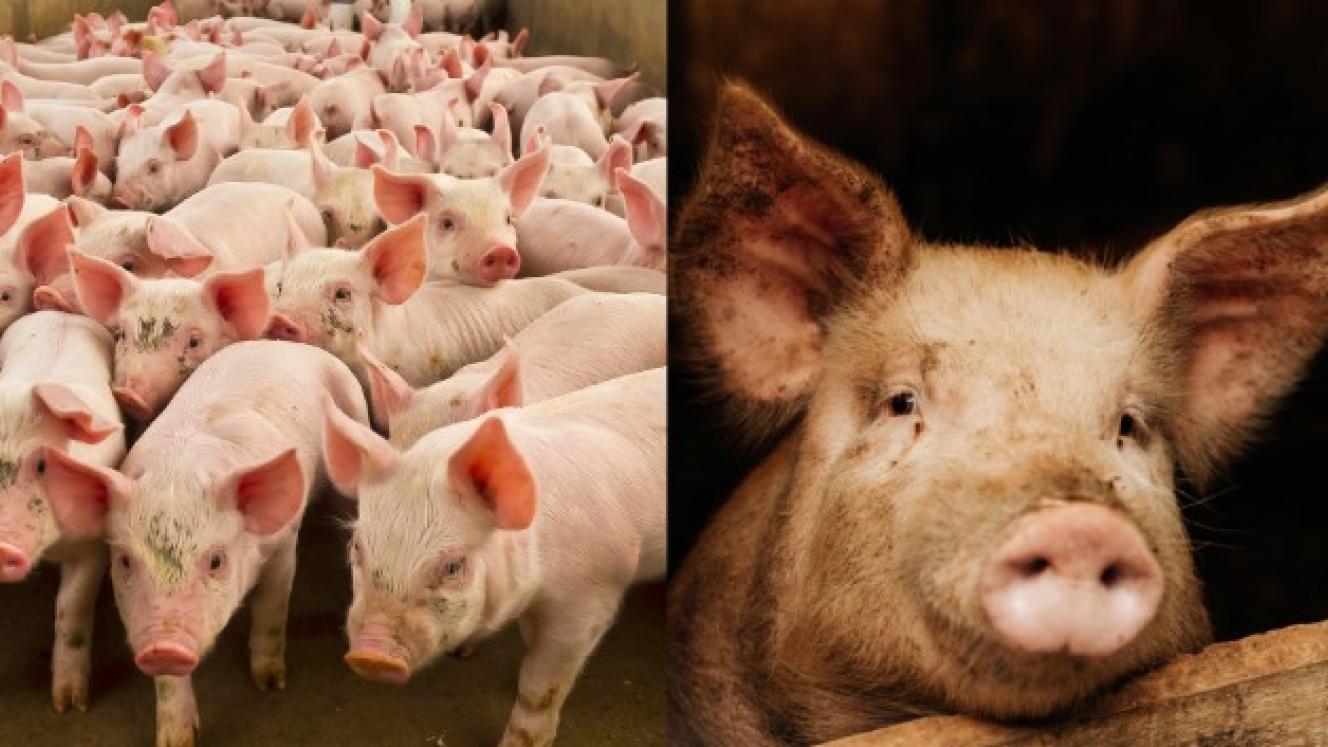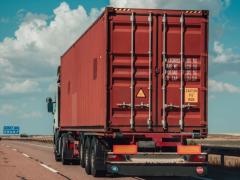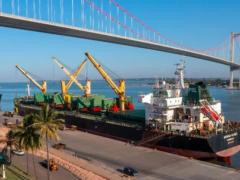In a move to prepare for exponential export growth and to beat congestion in Durban port, citrus growers marked the loading of the first ever consignment of citrus exported to China and Japan on a specialised reefer vessel last week. Speaking at a function to celebrate the historic event at the Maydon Wharf Fruit Terminal, attended by Agriculture Forestry and Fisheries Minister Senzeni Zokwana, his deputy Sfiso Buthelezi, industry leaders and departmental officials, Citrus Growers’ Association CEO Justin Chadwick said exports to China were expected to grow by 25% to 500 000 tonnes per year in the next three to five years. “This additional volume is going to put considerable pressure on an already constrained Durban port. Space like this and road infrastructure is already under pressure during the citrus season.” He said the often-blocked access route to the Durban Container Terminal (DCT) had resulted in truck drivers complaining that they did not want to move citrus because their businesses had made a loss while trucks were idle in queues. Chadwick said SA had gained access to China for all citrus fruit exports in June 2004 and the initial protocol stipulated that cargo would be moved in containers. “In September 2015 the industry requested Daff to ask that we be allowed to use specialised reefer vessels. The initial response from the People’s Republic of China was positive but they asked us to ‘please provide technical details’. We spent the next four years thrashing out the technical details. There was a lot of hard work from PPECB, Citrus Research International and from Daff,” Chadwick said. The loading of the first 5200 citrus pallets onto the Baltic Summer was also historic because it was the first time fruit consignments, mainly grapefruit, were being co-loaded for shipment to Japan and China. “On this vessel four holds will be used for China and eight holds for Japan. This is significant because it allows exporters to supply the market with smaller amounts of fruit and not oversupply the market.” Chadwick said although it was cheaper and more convenient to transport citrus using containers – about 85% of SA citrus is moved in containers – specialised reefer vessels also had distinctive advantages. “Researchers indicate that adherence to protocols and food quality is better when using specialised reefer vessels, with a 100% success rate in temperature application. Specialised reefer vessels can also clear large volumes from the port in a short space of time,” Chadwick said. Zokwana said the president had confirmed the importance of the agricultural sector for job creation and economic growth and there was a need to educate the public about this. “The citrus industry continues to work alongside government to maintain, optimise and access new export markets in priority countries,” he said. “Over the years market access of SA citrus has been achieved for several countries including China, EU, Japan and Korea but market access is not a static process. We have always encouraged the citrus industry to supply export markets,” Zokwana said. He added that the government was in ongoing negotiations with the United Kingdom, another important market for SA citrus, to minimise disruptions post Brexit. The SA citrus industry contributes R21 billion to the local economy and exports two million tonnes of citrus annually, making it the second highest global exporter of citrus. Some 160 000 people are employed on farms and packhouses in the sector. SA citrus exports to China grew from just 10 000 tonnes in 2010 to 100 000 in 2017 and a record 170 000 tonnes in 2018.












